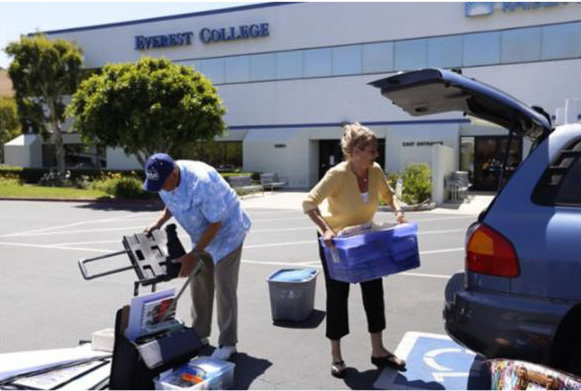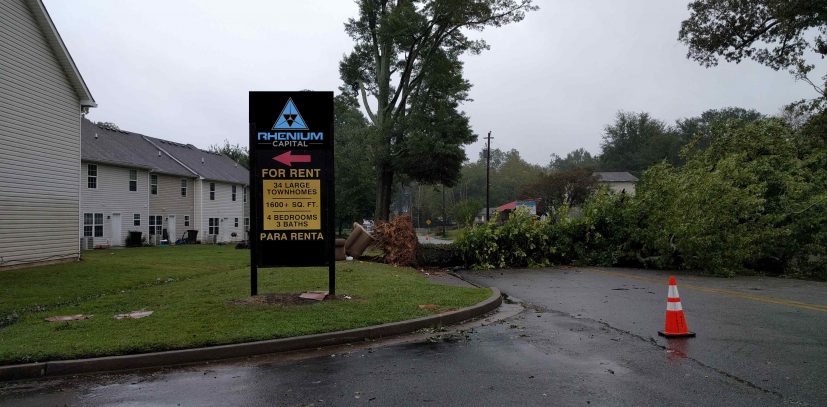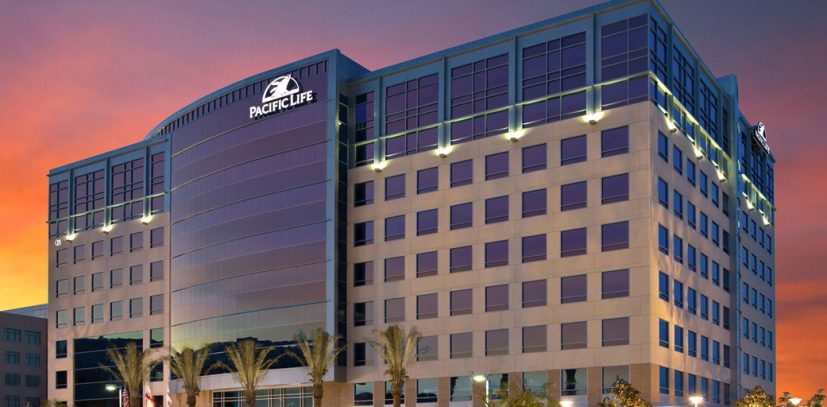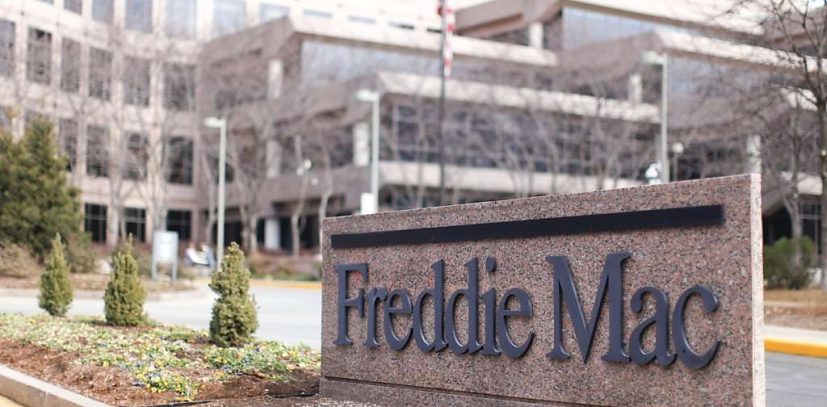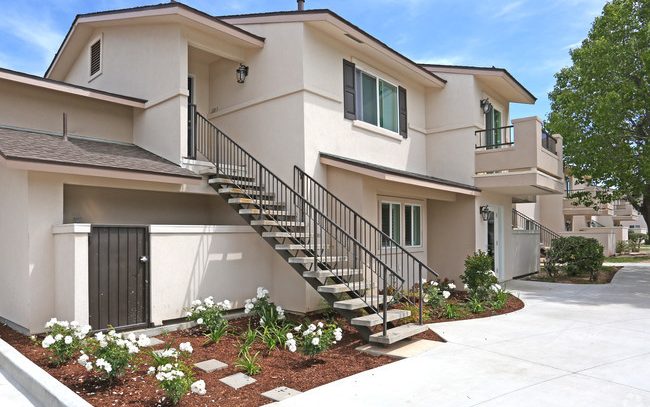Last Tuesday we released our CRE’S Dirty Dozen list and we received some push back on our #1 riskiest deal: for profit colleges (FPC). Frankly, we’re not too surprised. From emails to calls, the general consensus for the few disagreements we’ve received were as follows:
- This school has been in tenancy for XX years.
- FPC’s aren’t going anywhere since the government subsidizes them.
- Their lobbying group is too strong. They will find a way though their current issues.
We could take a look at each of these points individually, but first let’s take a glance at Mortgage Observer’s May 27th article: Scrutiny on ForProfit Colleges Could Spike CMBS Default Risks:
- Default risks on up to $1.88 billion in commercial mortgagebacked securities.
- A series of Federal Trade Commission investigations and settlements have resulted in a 28% decline in enrollments between September 2011 and September 2015.
So how did we end up here? To be honest, what started as a supplement for trade/community schools with long waiting lists for certain job related training ballooned into a massive deformation created by government largess that was pumped into postsecondary education, and the subsequent inflation that it caused. Here are some quick stats which lead up to the FedGov scrutiny of today:
86% of all funding at forprofit colleges are from federal taxpayer dollars; they enroll between 10 to 13% of students, yet receive 25% of all federal financial aid. An Associate degree may cost 4 times more at a FPC. A Bachelor’s degree may cost 20% more. 96% of FPC students take out student loans with a 23% default rate within 3 years.
Some of the lawsuits which the Justice Department and State Attorneys General have won over the years include deceptive marketing and filing false claims for student aid. The deceptive marketing practices include taking 86% of their revenue from federal aid and using roughly 25% of it to advertise during Maury and the Steve Wilkos show:
$35,000 for a degree in audio engineering? That’s what’s up! (http://omnitech.edu/)
Couple these ads with an overpriced education, low graduation/job placement rates and the highest student loan default rates, you have what can reasonably be called the subprime education market with the added bonus of nonbankruptable debt burdens.
So enter the government. President Obama famously shut down Corinthian Colleges due to many of the aforementioned practices and formed the Student Aid Enforcement Unit within the Dept. of Ed specifically to address the massive amount of complaints the Dept. was receiving regarding FPC’s. They are also looking to remove the mandatory arbitration agreements that FPC’s have their students sign, allowing for an imminent deluge of lawsuits. The Dept.’s Gainful Employment Rules were challenged by FPC’s and upheld in Feb 2016, holding them to standards of retention, graduation and job placement, but given their current business model and trends, this is a lofty bar to jump.
So why is this TERRIBLE for commercial real estate? As tenants they often sign 25 to 30 year leases, pay above market rents and amortize the tenant improvements over that time. They take up massive spaces in office and flex buildings with a build out specialized for a school. So if they have to leave quickly or they downsize slowly no one is leasing the classroom space unless you find a charter school that wants it asis. If not, you will need to invest $60 per square foot to tear the specialty space out of an 80,000 square foot building and convert it back to general office for less rent than the FPC was paying.
So if this was not enough of a reason to put them in our #1 spot, I propose you try this: hop on Loopnet and search for FPC occupied listings in your town. You will likely see them listed at 6% 8% cap rates (like this one). Word of advice for you is to not be fooled by the income and lease terms. There are rough waters ahead and the ship is sinking.

